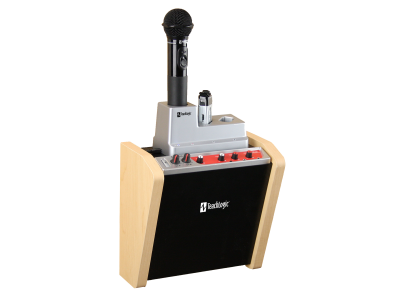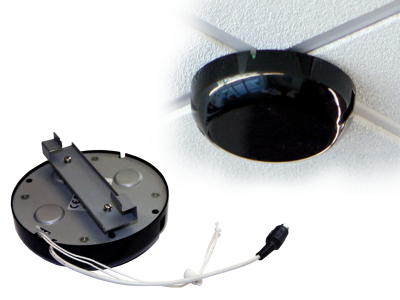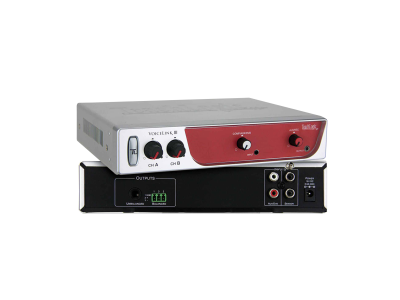When we think of education, we think about the students, teachers, curriculum, textbooks, homework, etc. The focus is always on the tangible visible aspects of learning. Even when we consider the school environment, we think about those aspects of the environment that are visible and more concrete. What does the building look like, do they have computers, new desks, air conditioning, television monitors etc. It’s natural to think in this manner because this is the type of society that we have evolved into; the emphasis being always on what can be seen. Even iPods and cell phones, recent technologies whose original development was for a listening purpose, now have been enhanced with a visual aspect. It seems like sound alone isn’t good enough; if we do not see it, we do not believe it.
Educators and politicians think no differently. They both have spent a lot of time and money trying to revolutionize education, looking for something new that will bridge the achievement gap and leave no child behind. Schools are constantly trying to outdo one another in this area, by increasing the homework, focusing on state assessment preparation, modifying class schedules to pack in more “learning” time, even making changes to the faculty hoping that someone else will be able to reach the unteachable. But unfortunately, we have all been “looking” for a solution, rather than “listening” to one. And in the process we have unconsciously ignored the foundation of brain development and learning the ability to hear.
In 1977, the U.S. Department of Education began funding the initial investigation of what was to be a three year investigation named the Mainstream Amplification Resource Room Study, or more commonly referred to as the MARRS project. The concept behind the study was to use a wireless microphone to amplify the teacher’s voice so that children with mild or minimal fluctuating hearing losses could remain in the mainstream and still hear the teacher amidst the poor acoustics. It was hoped that these children with a hearing problem would be able to keep up with the mainstream and reduce costs associated with special education referrals and outside resourcing. It was not anticipated what astonishing ground breaking results would be revealed.
Under the MARRS project, ALL students, regardless of hearing ability, taught in sound-enhanced rooms showed significant gains in academic achievement, and were noted to achieve in reading and language arts at a faster rate, to a higher level, and at one-tenth the cost of students taken from regular classes to resource room instruction. This study received national validation status and opened the door to a new line of thinking: Does the classroom support a child’s ability to hear the teacher, and ultimately affect a child’s academic success?
Classroom Hearing Organisation
© The Institute for Enhanced Classroom Hearing
Want to learn more about how TeachLogic can improve student achievement and increase academic success?








